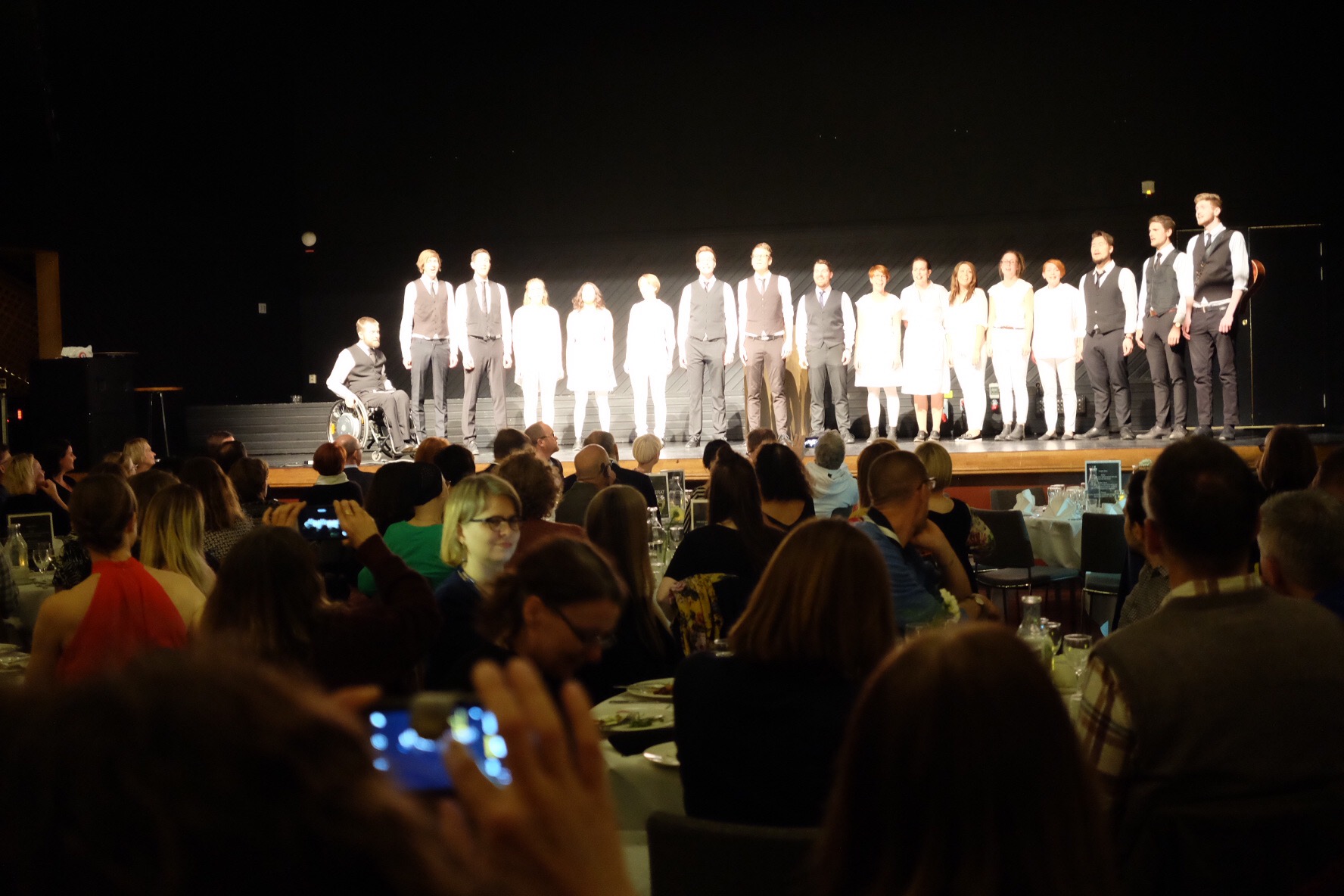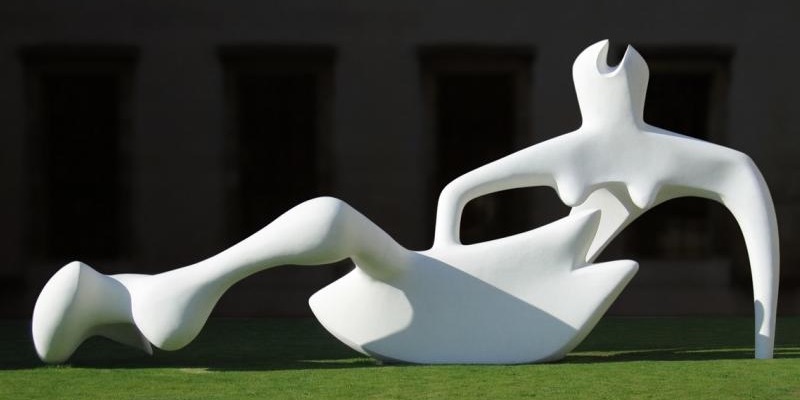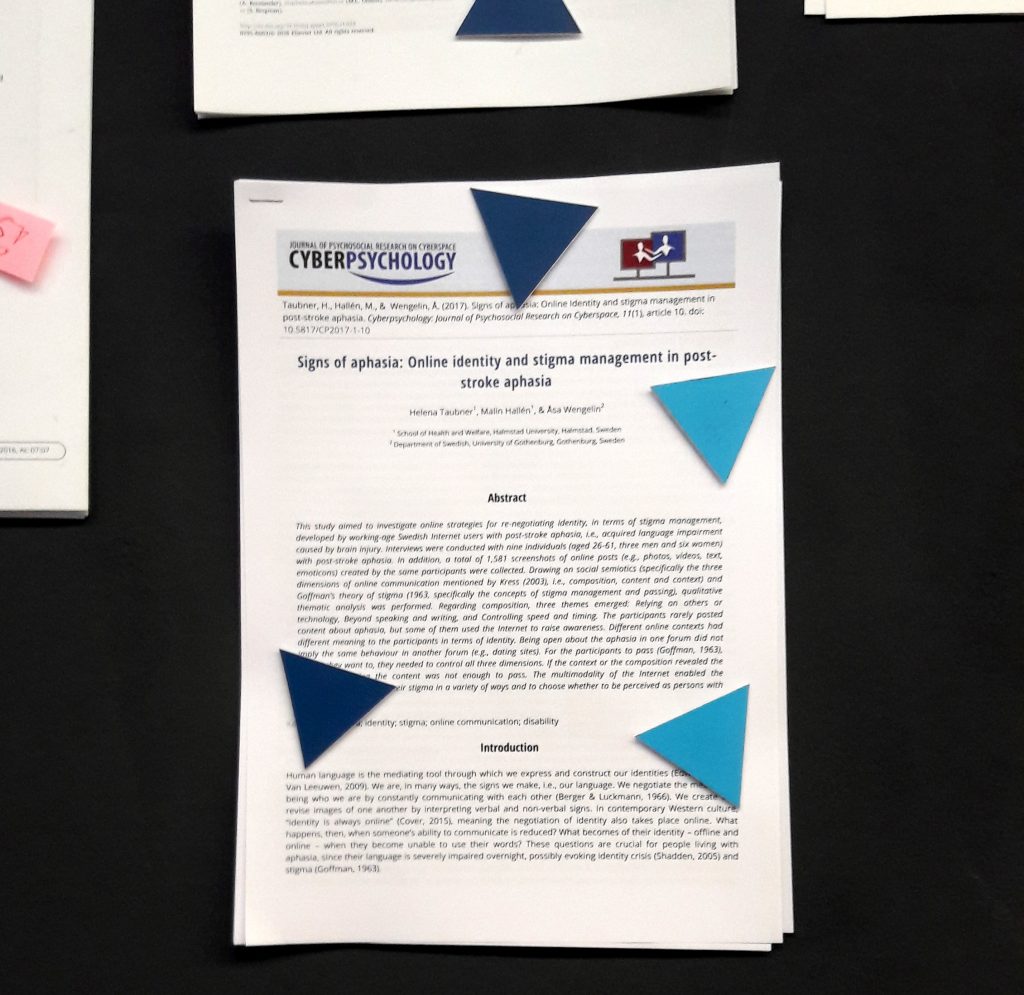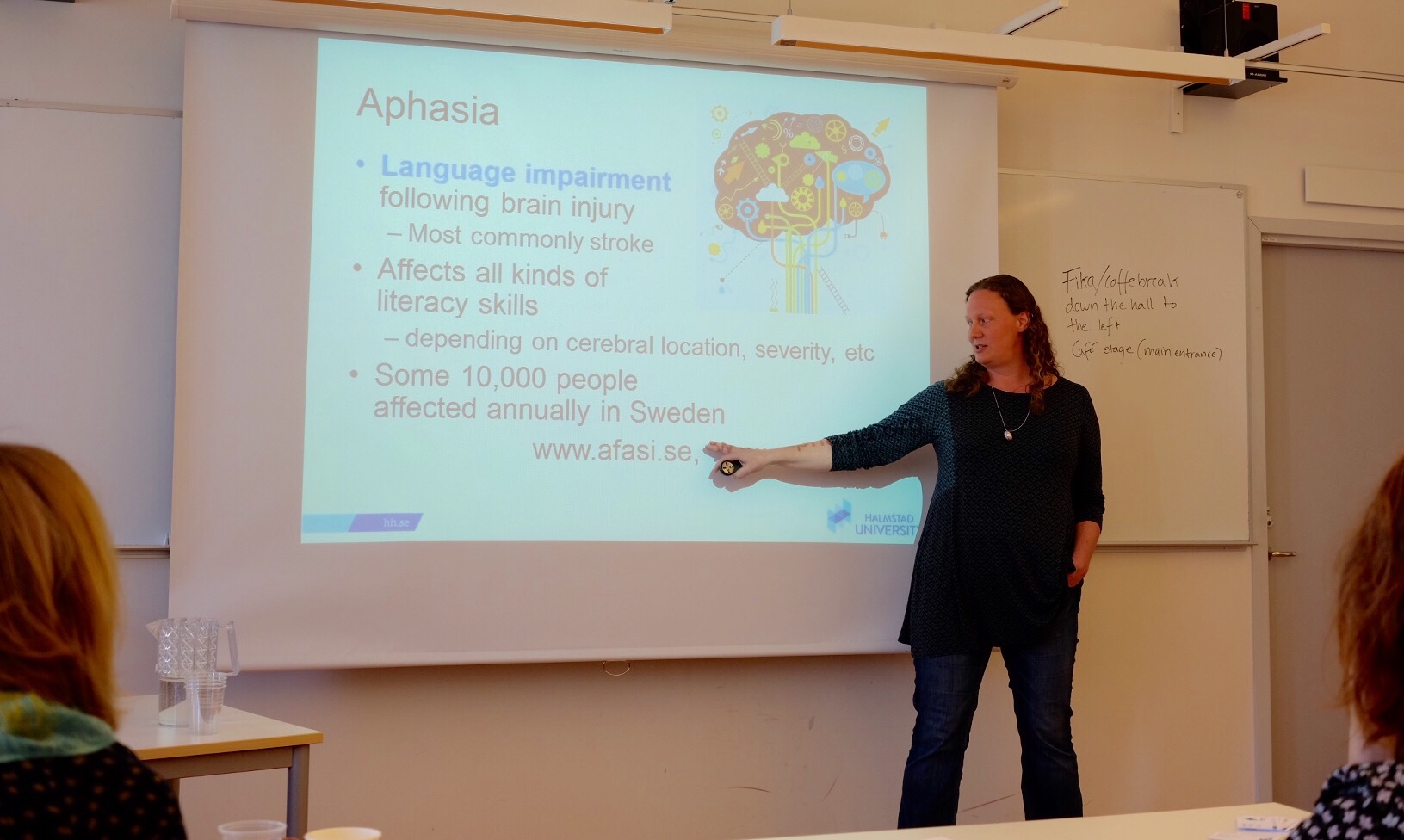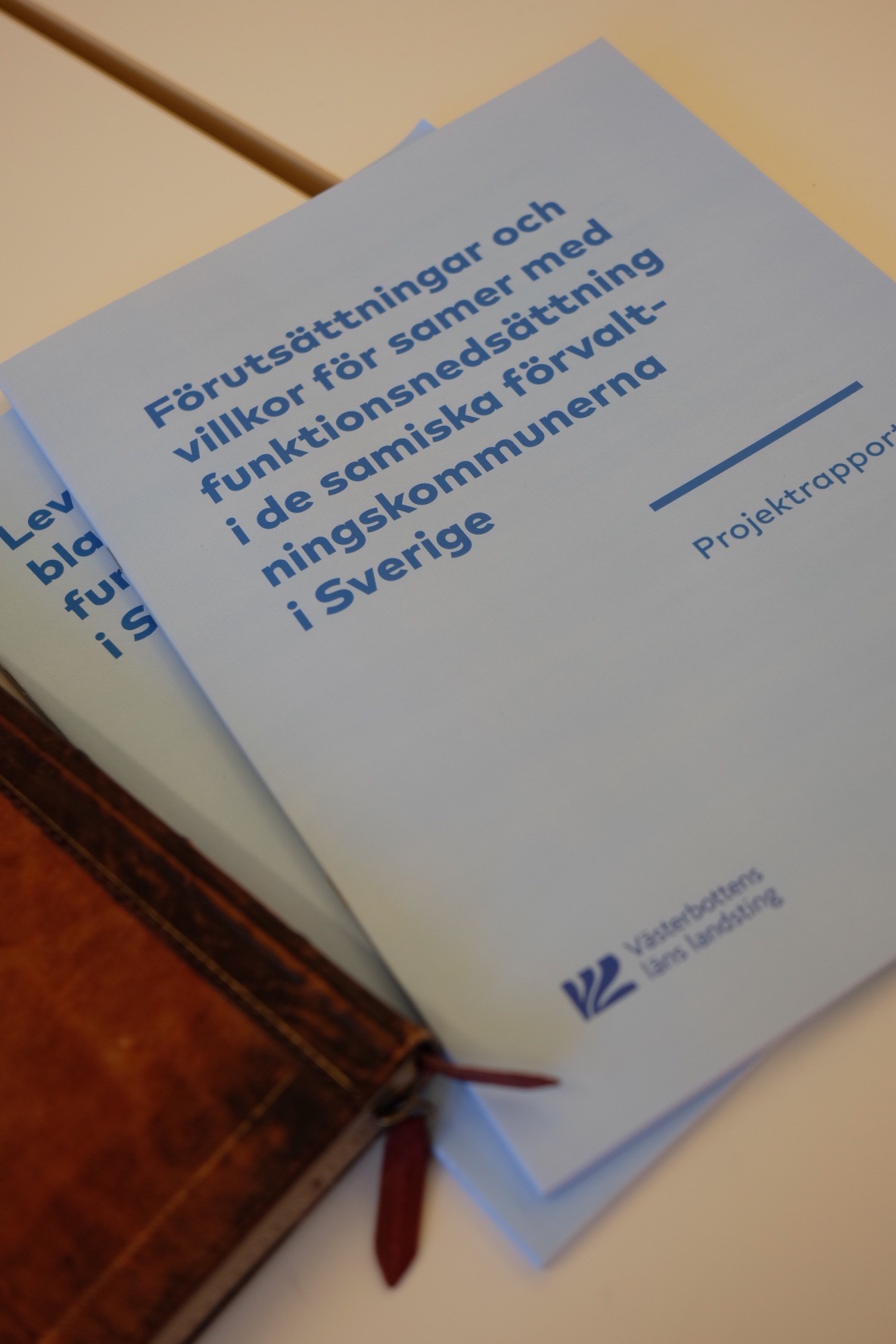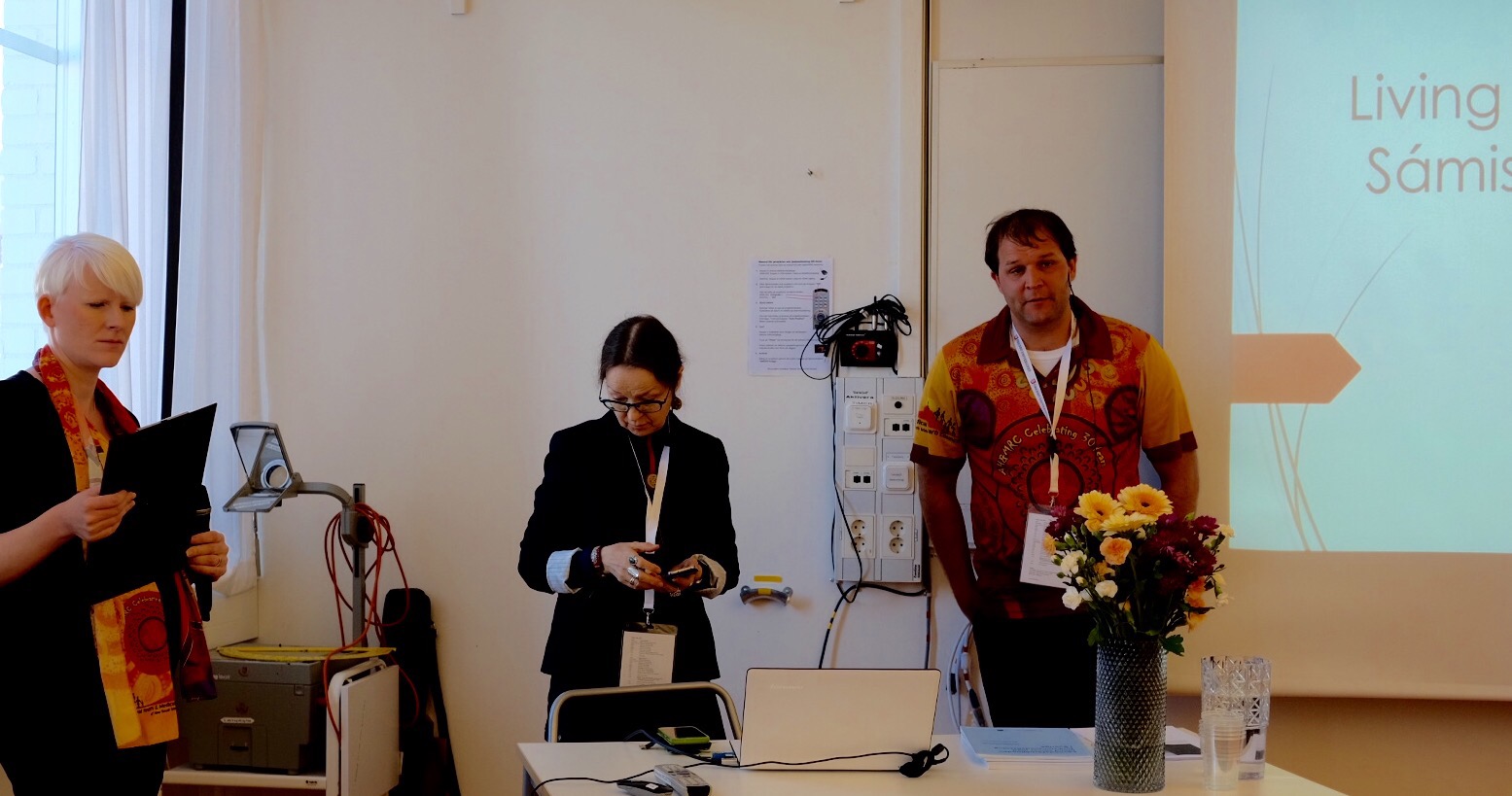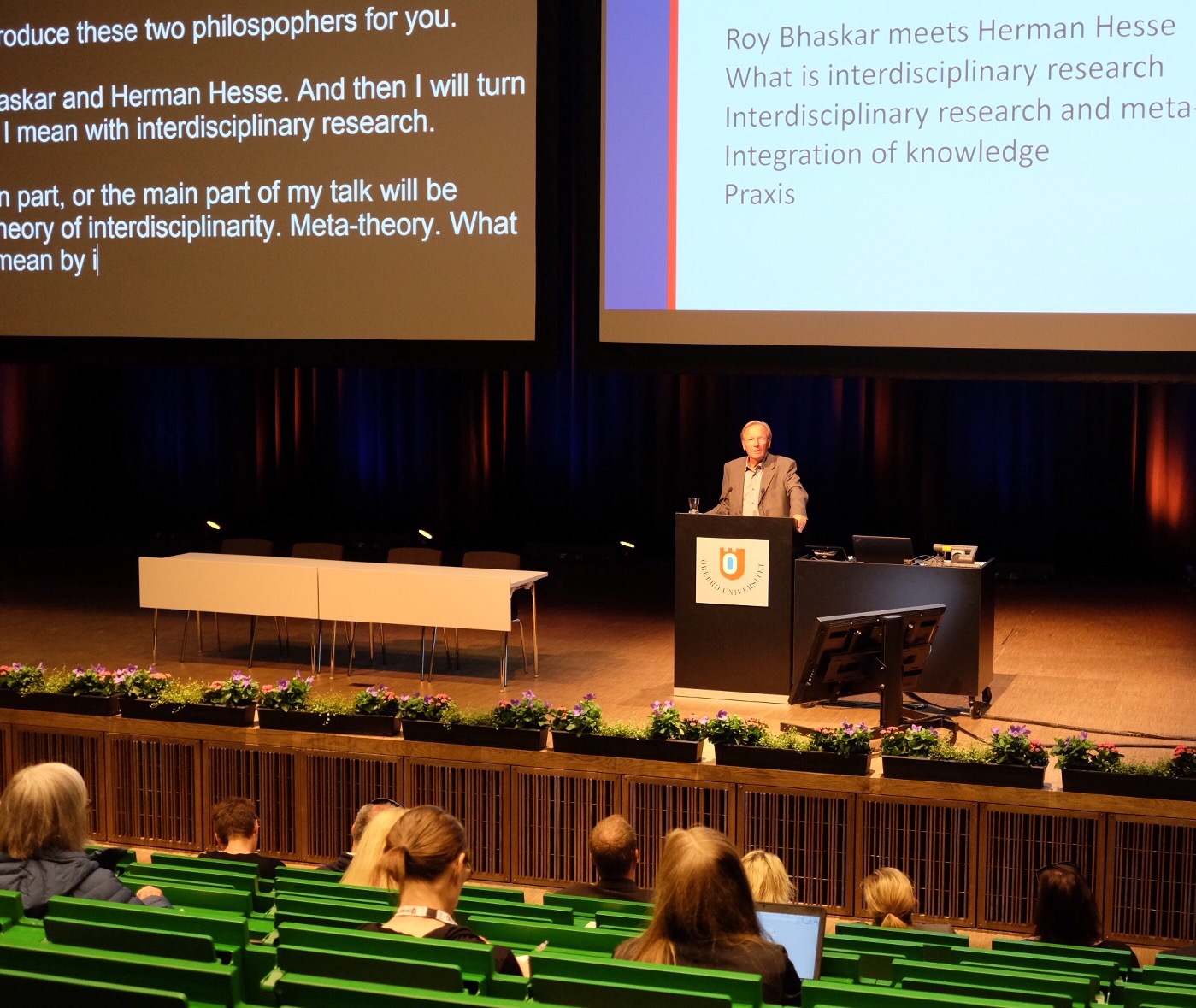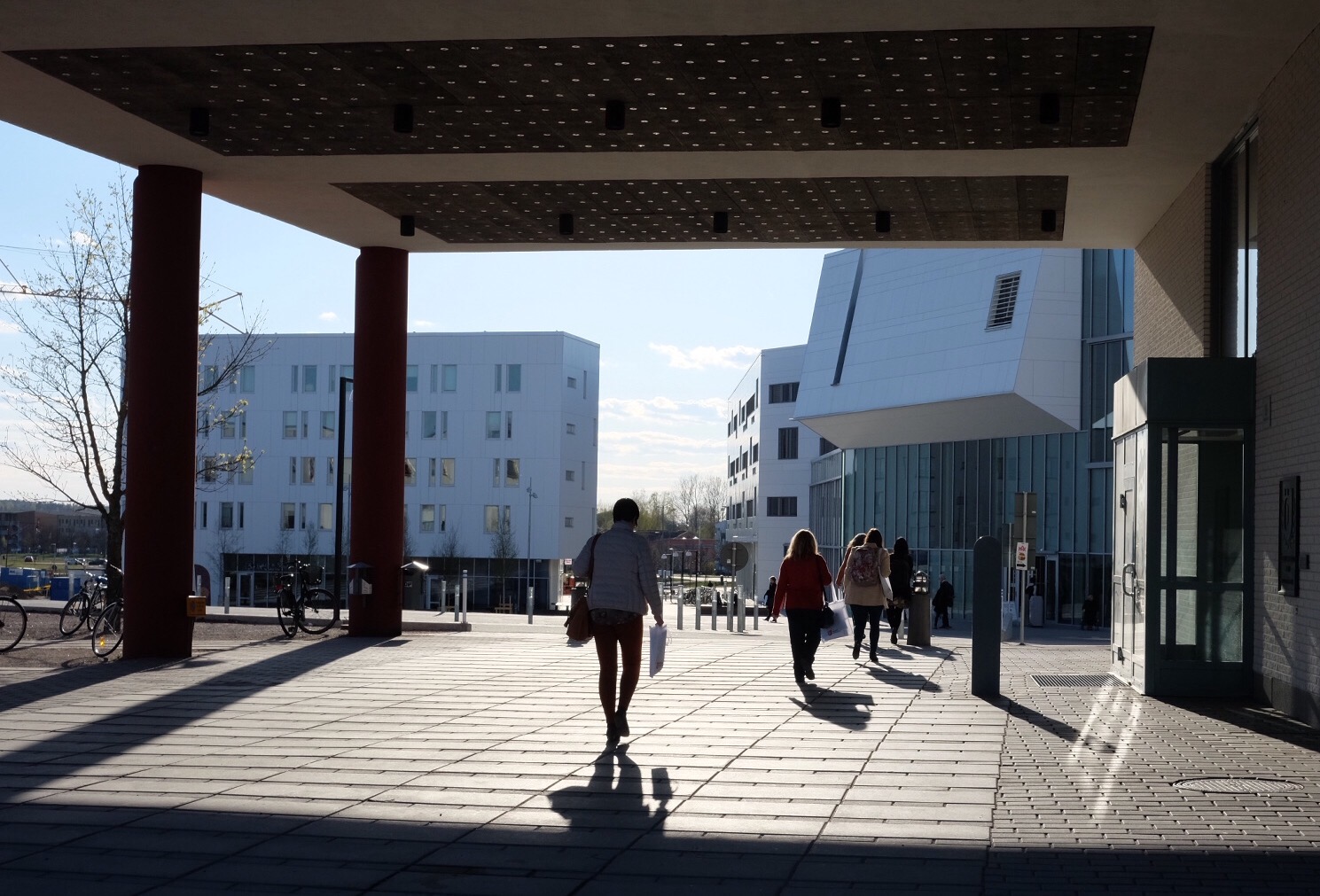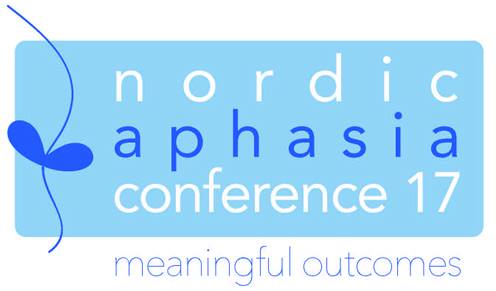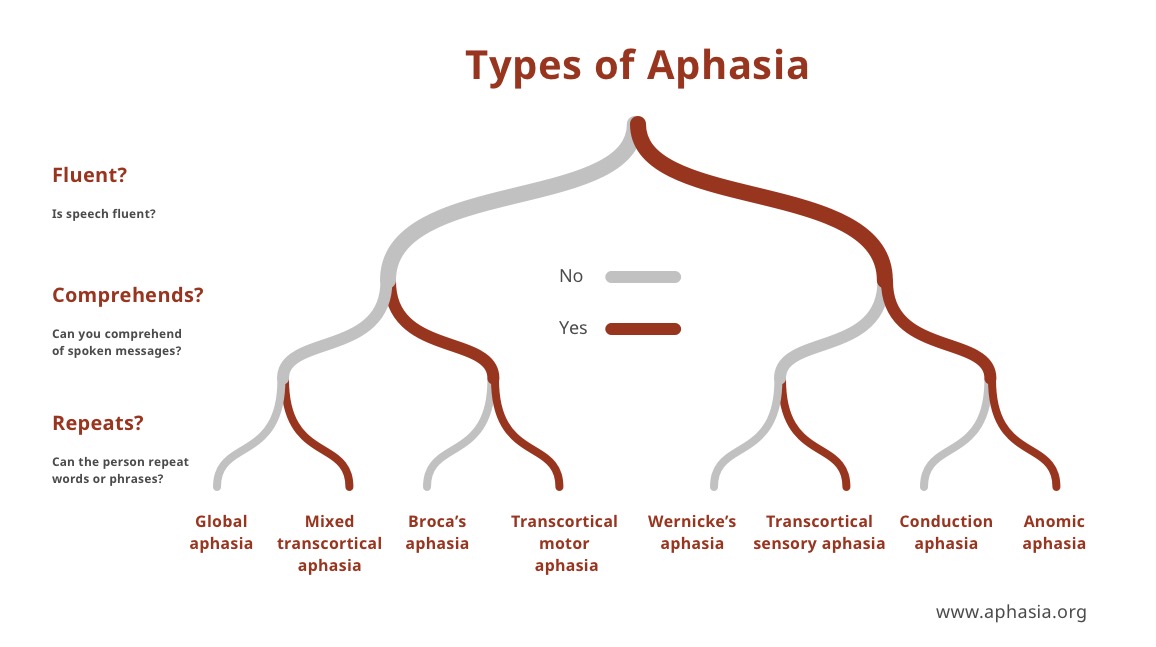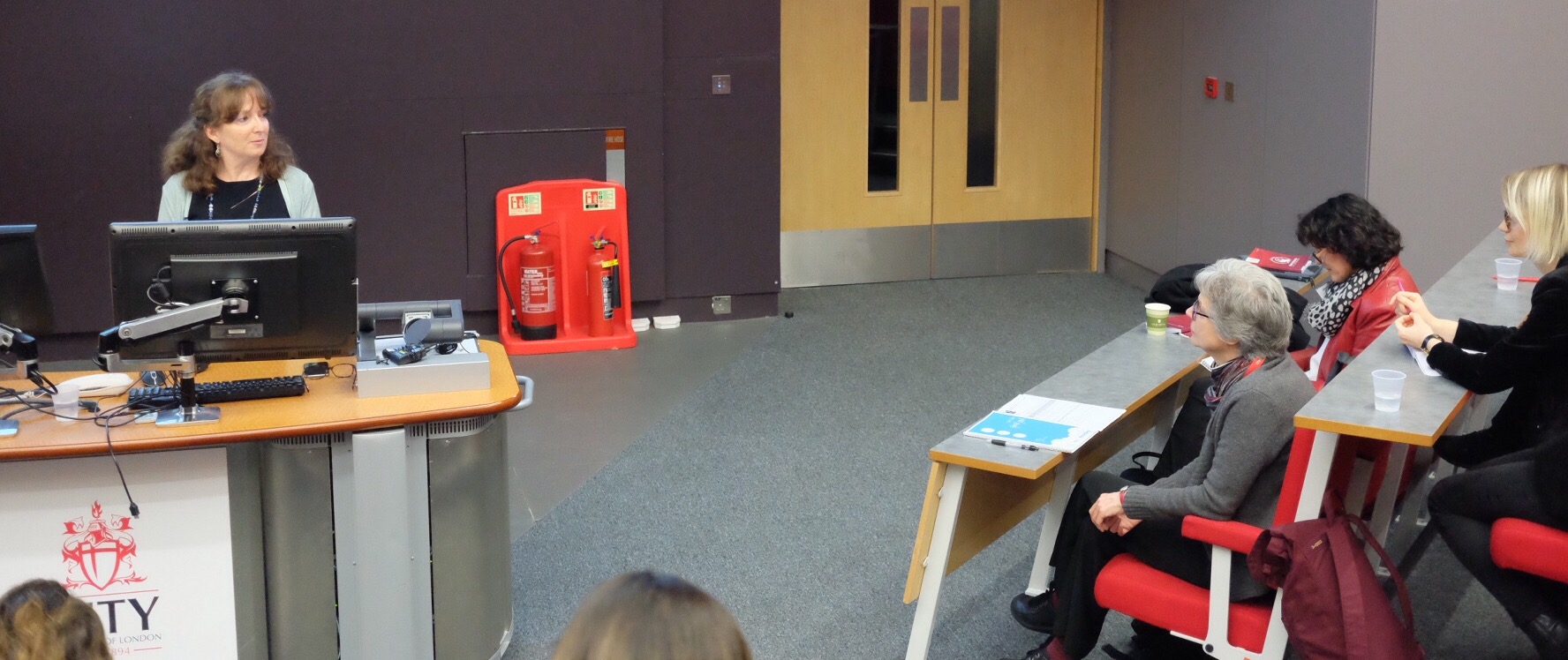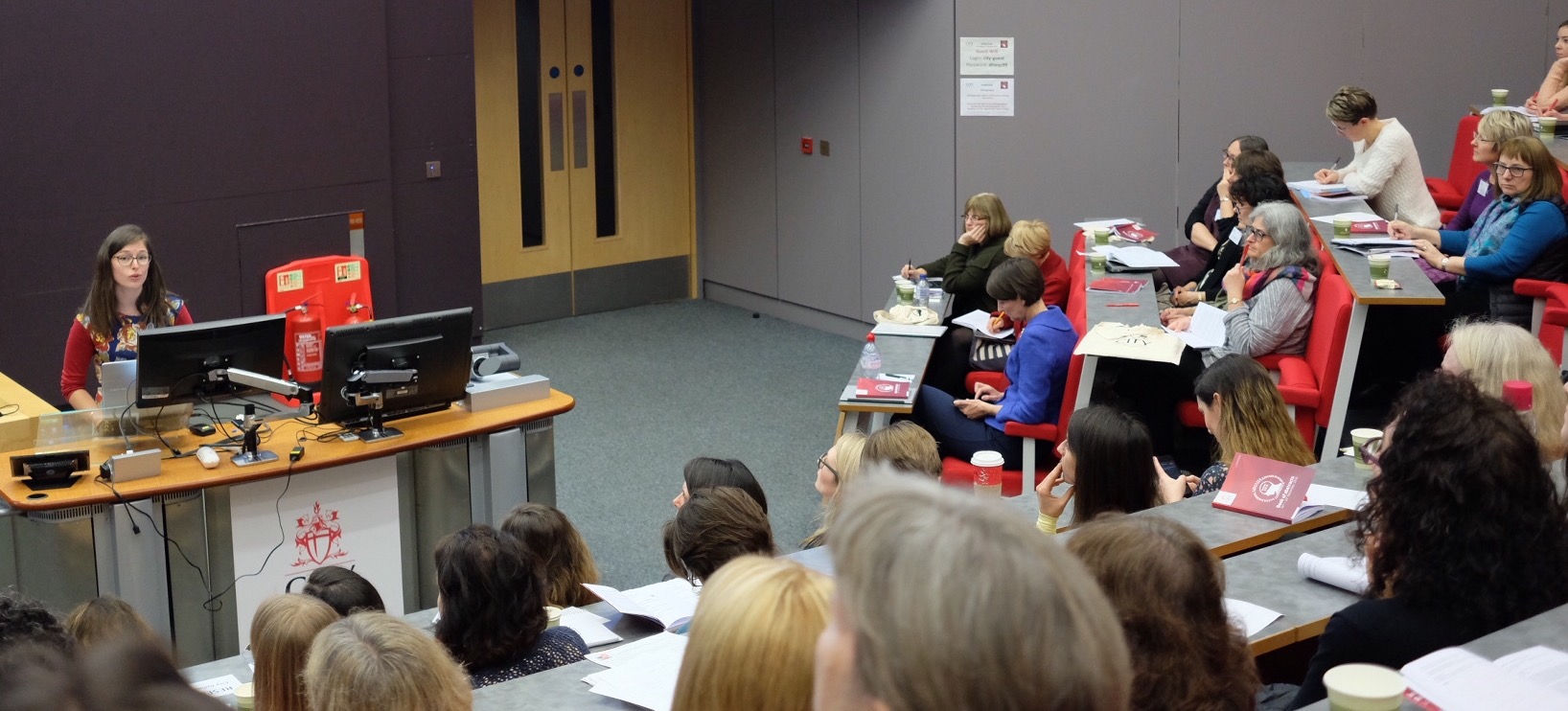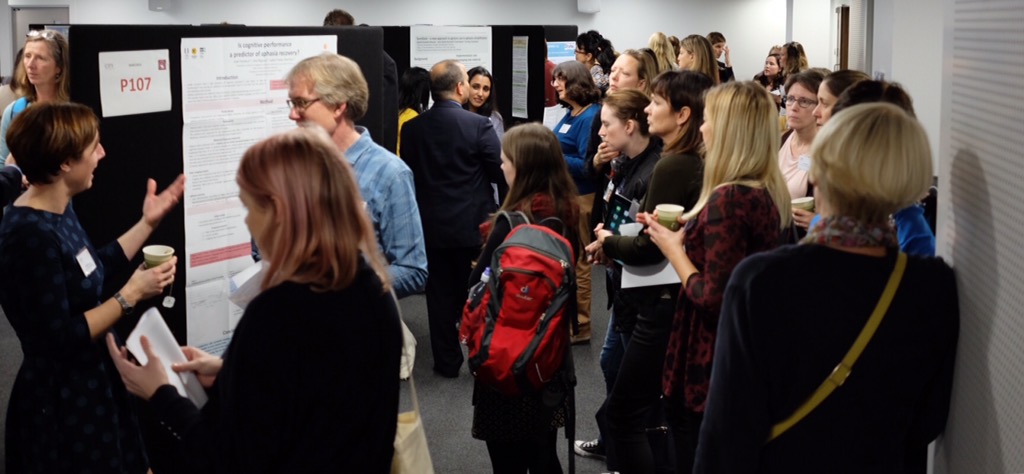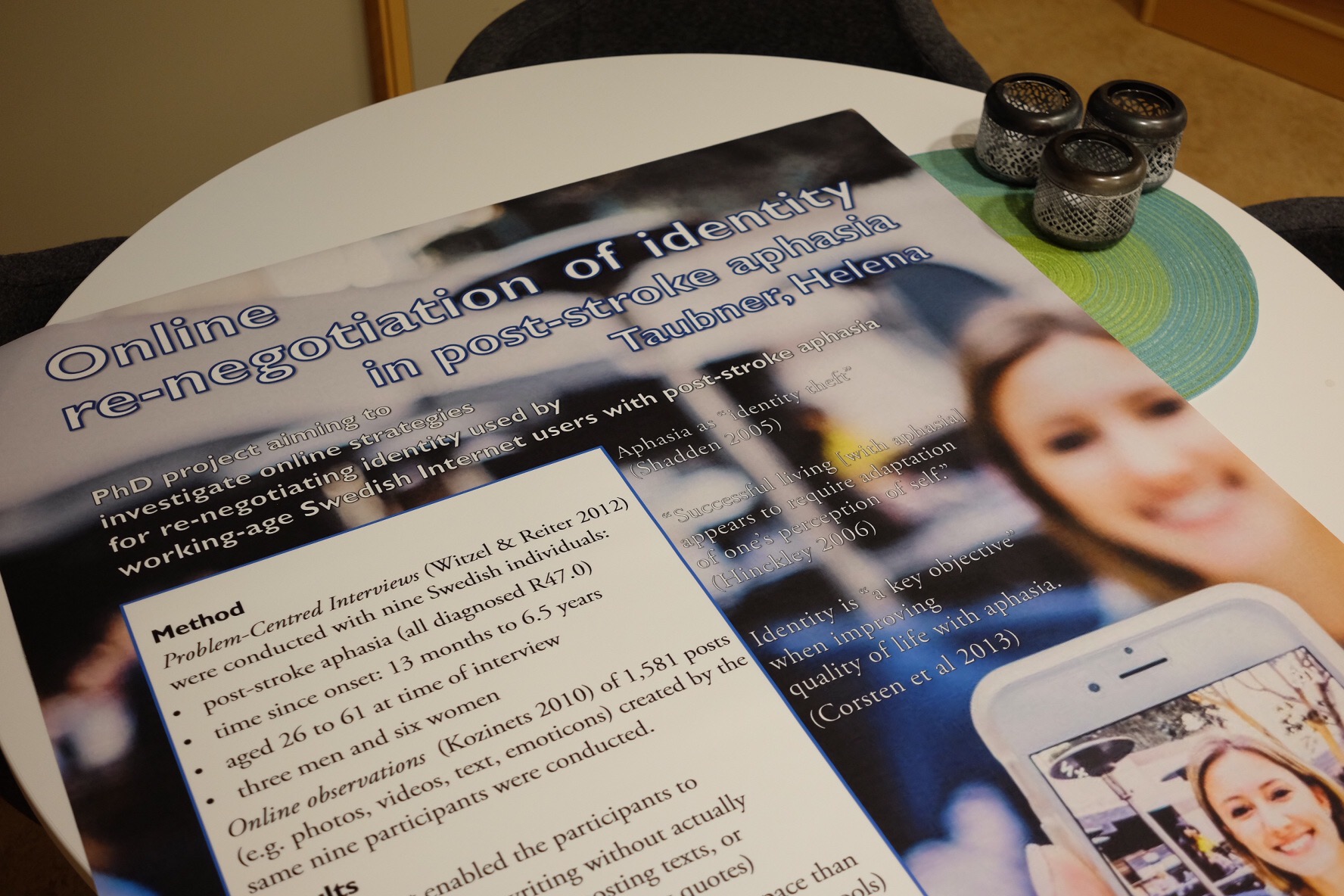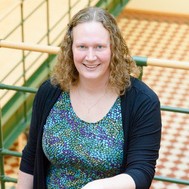Another sunny day in Örebro, at the NNDR conference! Another interesting, inspirational, nice day.

Lisa Pfahl turned the fact that no European country has abandoned school segregation since the CRPD was ratified into a call for action. Disability research needs to step it up to make a difference! Yes, a lot is being done, but we have a long way to go. Ready, steady…..
It is always an inspiration and a pleasure to listen to Per-Olof Hedvall from Certec, when he talks about universal design. His points about average humans (There is no such thing! So, who are we design for?) and normality (We need to celebrate diversity instead of striving for the normal!) made a true impression on the audience today.
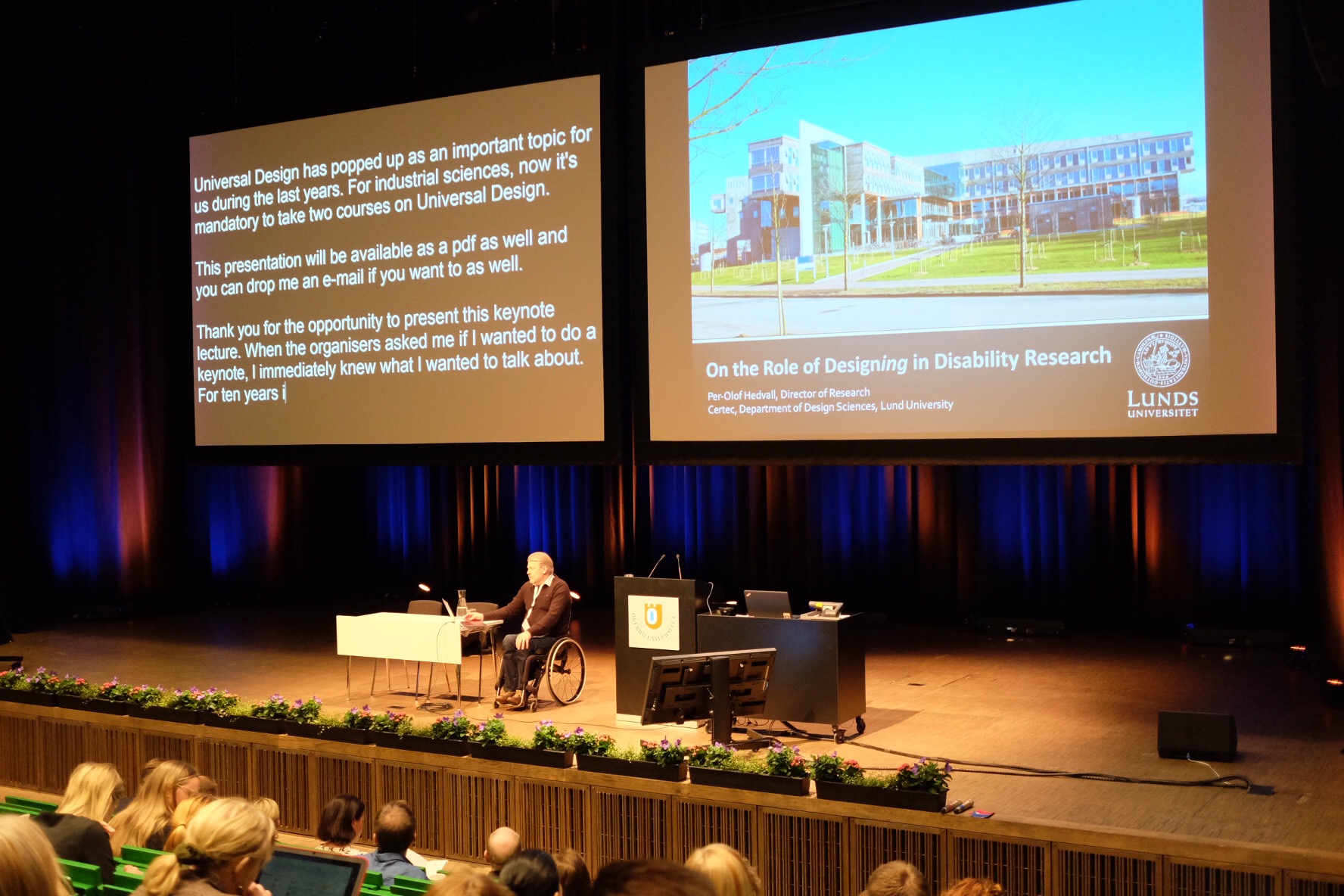
I also enjoyed the poster session, the informal meetings during lunch and coffee breaks, the symposium ”Young and digital”, and… and…. All of it.

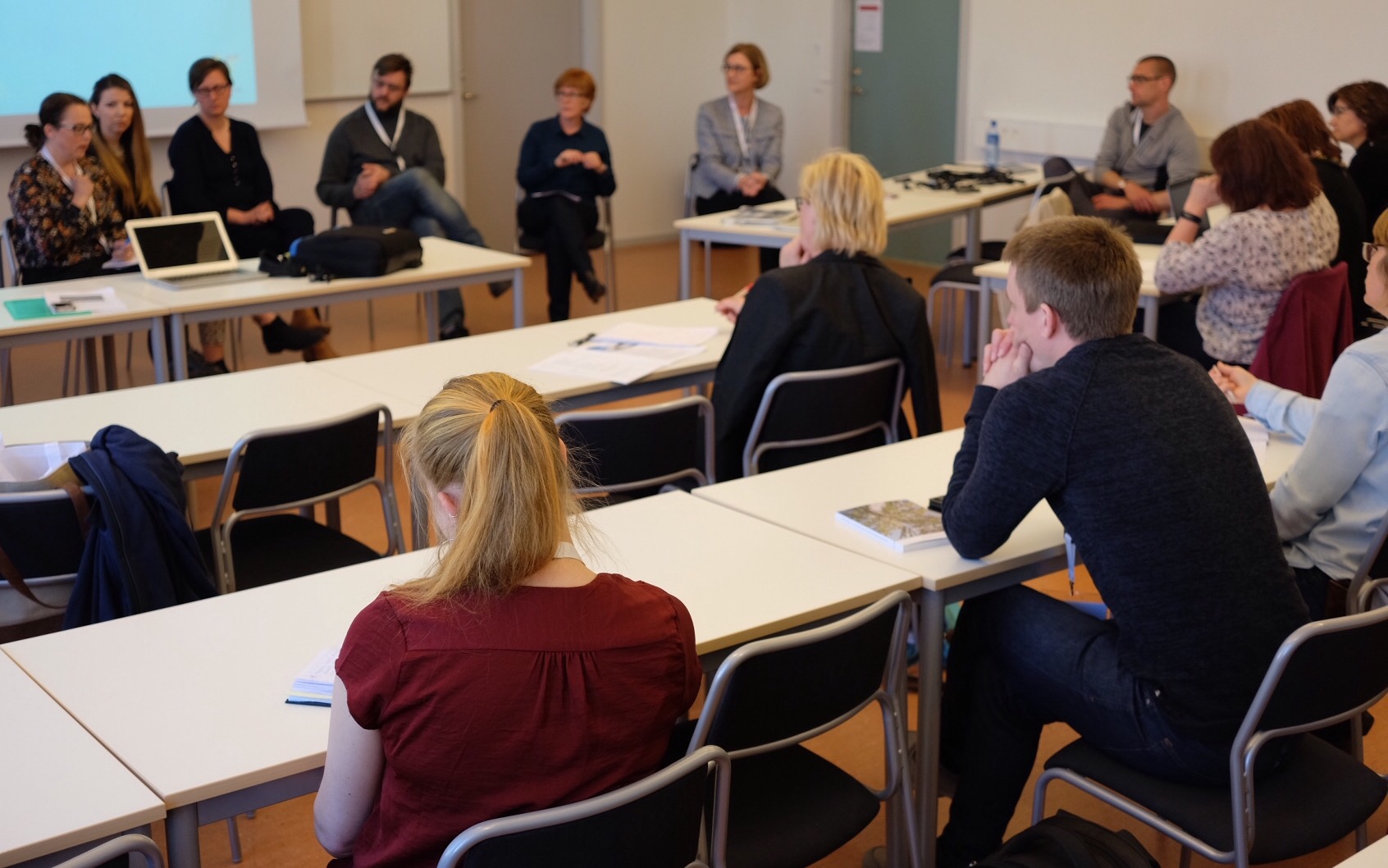
Last but not least, I had a nice time at the conference dinner tonight. Some nice reunions, some nice new acquaintances. And, as we say in Sweden the dot above the i, the onion on the salmon, the cream on the mash: the Örebro University Choir did a really great job entertaining us!
